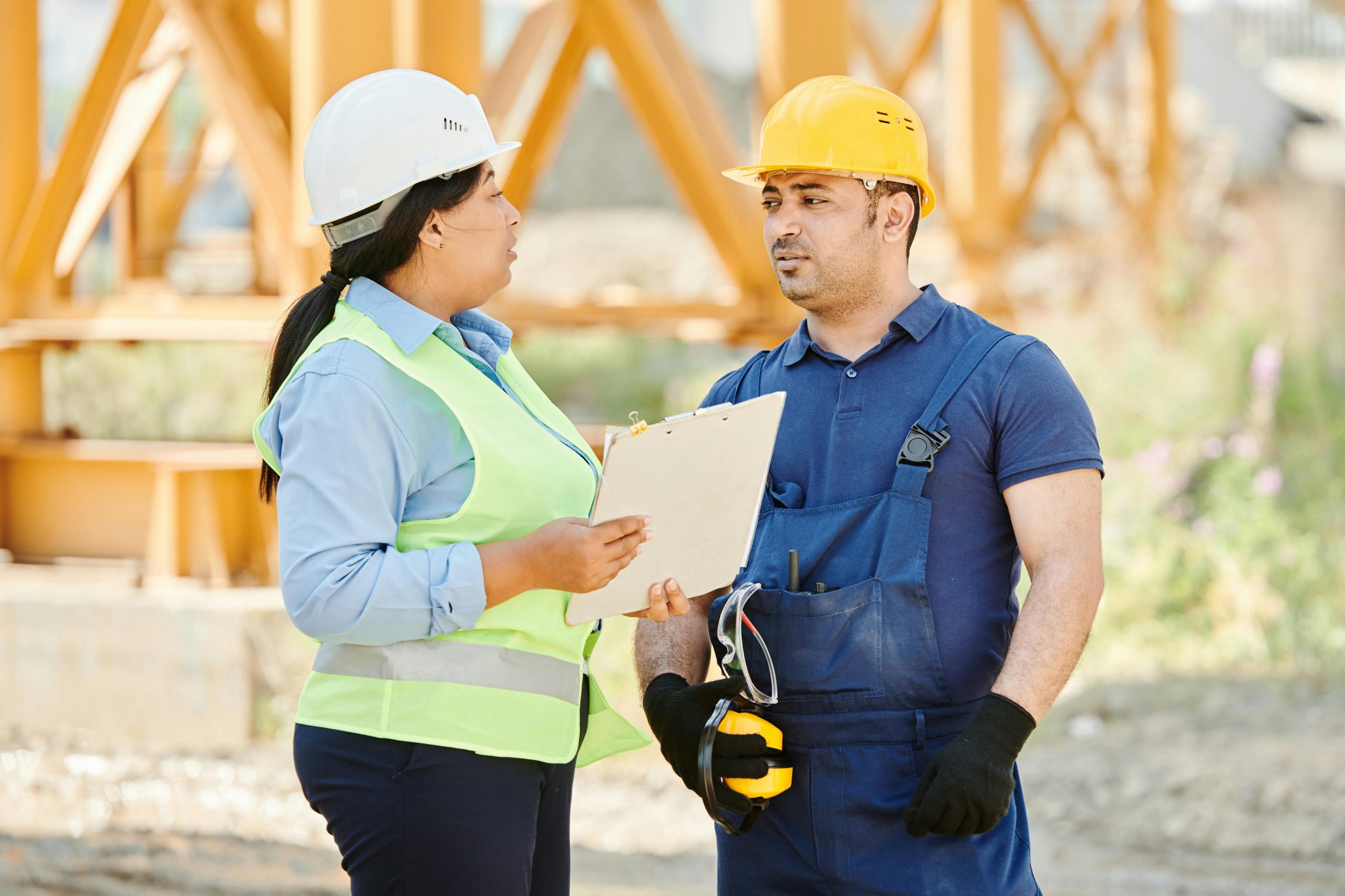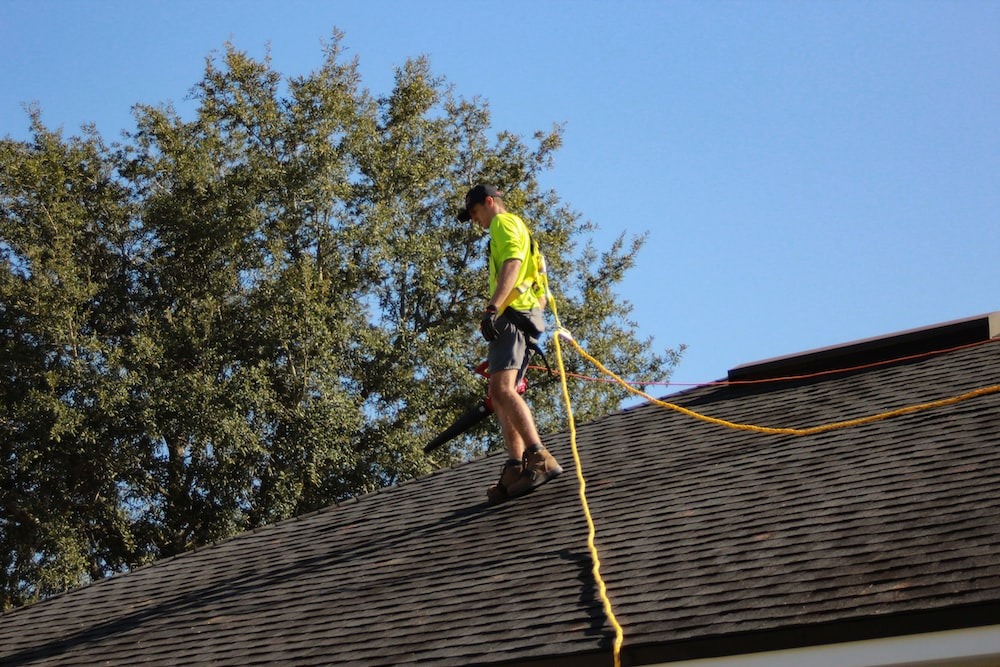Introduction
In high-risk industries such as construction, mining, oil and gas, and manufacturing, workplace safety communication plays a critical role in preventing accidents and ensuring compliance with safety regulations. Effective communication can mean the difference between a safe, productive environment and one that puts lives at risk. This article explores key strategies to enhance Workplace safety communication and create a culture of safety in demanding work settings.
Why Workplace Safety Communication Matters
Clear and consistent workplace safety communication helps employees understand potential hazards, follow proper procedures, and react quickly in emergency situations. In environments where risk is part of the job, communication failures can lead to injuries, fatalities, and costly downtime.
Reducing Human Error
Many incidents stem from misunderstandings or lack of information. Effective workplace safety communication reduces the chance of human error by ensuring that safety protocols are clearly understood.
Promoting a Safety-First Culture
Frequent and open workplace safety communication encourages employees to prioritize safety over shortcuts. It fosters accountability and promotes mutual responsibility for everyone’s well-being.
Key Strategies for Effective Workplace Safety Communication
Implementing a structured approach to workplace safety communication ensures that safety remains a top priority. The following strategies can be adapted to suit the unique needs of any high-risk industry.
H2H: Human-to-Human Communication
Face-to-face communication is often the most effective form of workplace safety communication. Toolbox talks, daily briefings, and safety huddles create space for questions, clarification, and engagement.
Tips for Success
- Keep language simple and clear
- Encourage open dialogue
- Use real examples to illustrate risks
Use of Visual Aids and Signage
Visual communication is crucial where noise or distance impairs verbal exchanges. Clear signage, posters, infographics, and hazard symbols enhance workplace safety communication across language barriers and literacy levels.
Digital Tools and Technology
Modern technology has improved workplace safety communication dramatically. From real-time alerts to digital checklists and mobile apps, tech-driven solutions support safer work environments.
Recommended Tools
- Mobile apps for safety reporting
- Wearables that monitor environmental conditions
- Communication platforms for remote teams
Training and Continuous Learning
Consistent training ensures that workplace safety communication standards are upheld throughout an employee’s tenure.
Onboarding Programs
Every new hire should receive thorough training on site-specific hazards and safety communication protocols. This creates a strong foundation for safe practices.
Refresher Courses and Simulations
Ongoing education, including drills and simulations, reinforces workplace safety communication and keeps safety top-of-mind.
Leadership’s Role in Safety Communication
Managers and supervisors must model strong workplace safety communication practices. Leadership buy-in is essential for building trust and driving behavioral change.
Leading by Example
When leaders demonstrate consistent, proactive workplace safety communication, it encourages employees to do the same. This top-down influence reinforces a safety-first culture.
Accountability and Feedback
Regular audits, feedback sessions, and safety meetings provide opportunities to review the effectiveness of current workplace safety communication efforts and make improvements.
Conclusion
In high-risk industries, effective workplace safety communication is not optional—it’s essential. By investing in clear communication methods, visual aids, training programs, and leadership involvement, organizations can significantly reduce risks and protect their workforce. As technology and industry standards evolve, so should your strategies for workplace safety communication. Prioritizing communication today means building a safer tomorrow.




